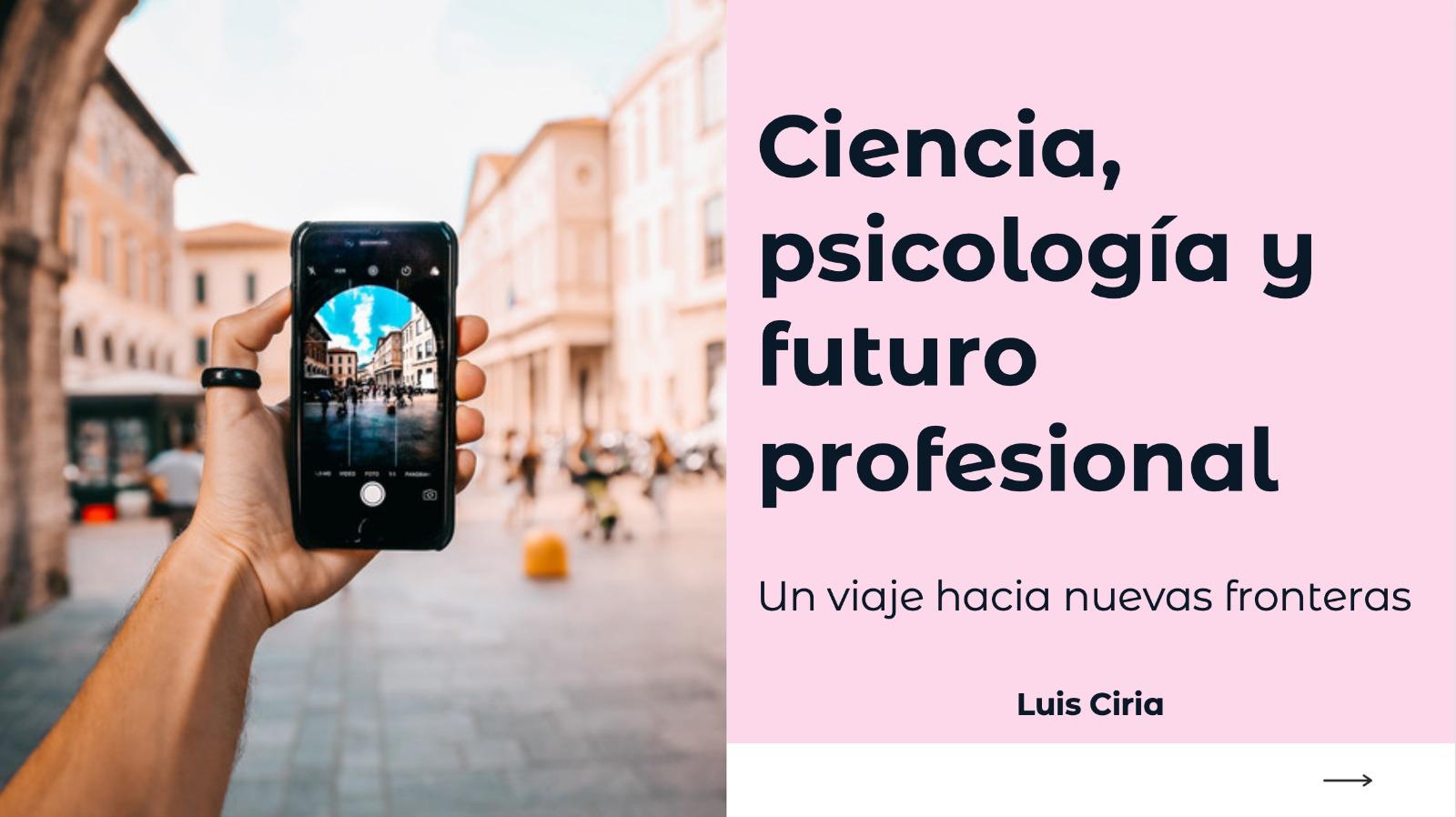
Title: Science, psychology and professional future
Abstract: In this talk, we will talk about how humanity has tried to understand the world, from religion to science, highlighting the importance of critical thinking in our daily lives. We will also talk about psychology as a science, debunk some myths about it and finish with some practical advice when studying a university career.
Venue: CIMCYC conference room.
Coordination: Luis Ciria

Title: What happens in our brain when we do physical exercise?
Abstract: In this activity, we will talk about how we process the information that comes from the outside, but also from the inside (physical sensations) during a session of high intensity physical exercise. We will perform a mental task while pedaling a stationary bike at different intensities. We will discuss how this may influence our ability to perceive and process different stimuli and how this type of research translates into our daily lives (e.g., state of arousal prior to final exams, sustained attention in a monotonous job, etc.).
Venue: Laboratory 09 of CIMCYC
Principal Investigators: Daniel Sanabria, Luis Ciria, Chiara Avancini, Clara Alameda
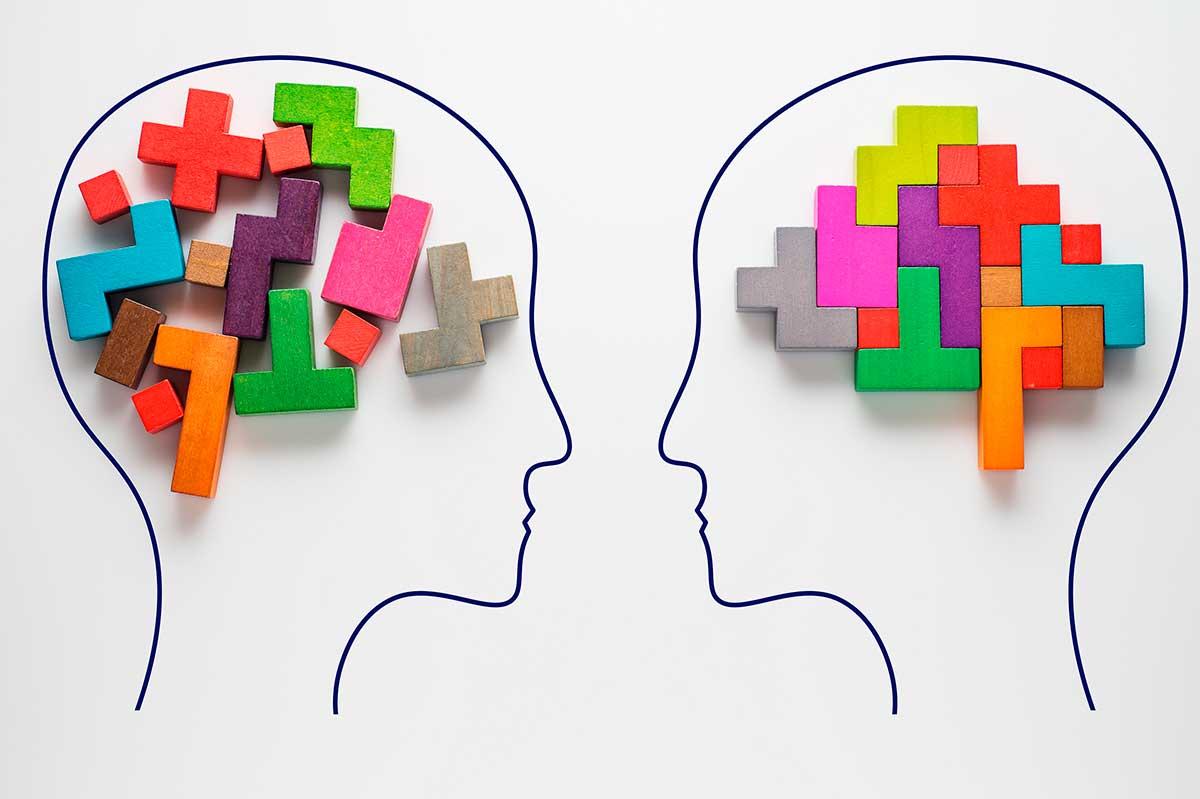
Title: Introduction to Cognitive Psychology and Cognitive Neuroscience
Abstract: This activity provides an overview of what Cognitive Psychology and Cognitive Neuroscience study by presenting a series of striking psychological phenomena and videos of brain-injured patients. These examples illustrate the importance of considering the brain in understanding cognitive functioning and human behavior.
Venue: CIMCYC conference room.
Coordination: Juan Lupiáñez
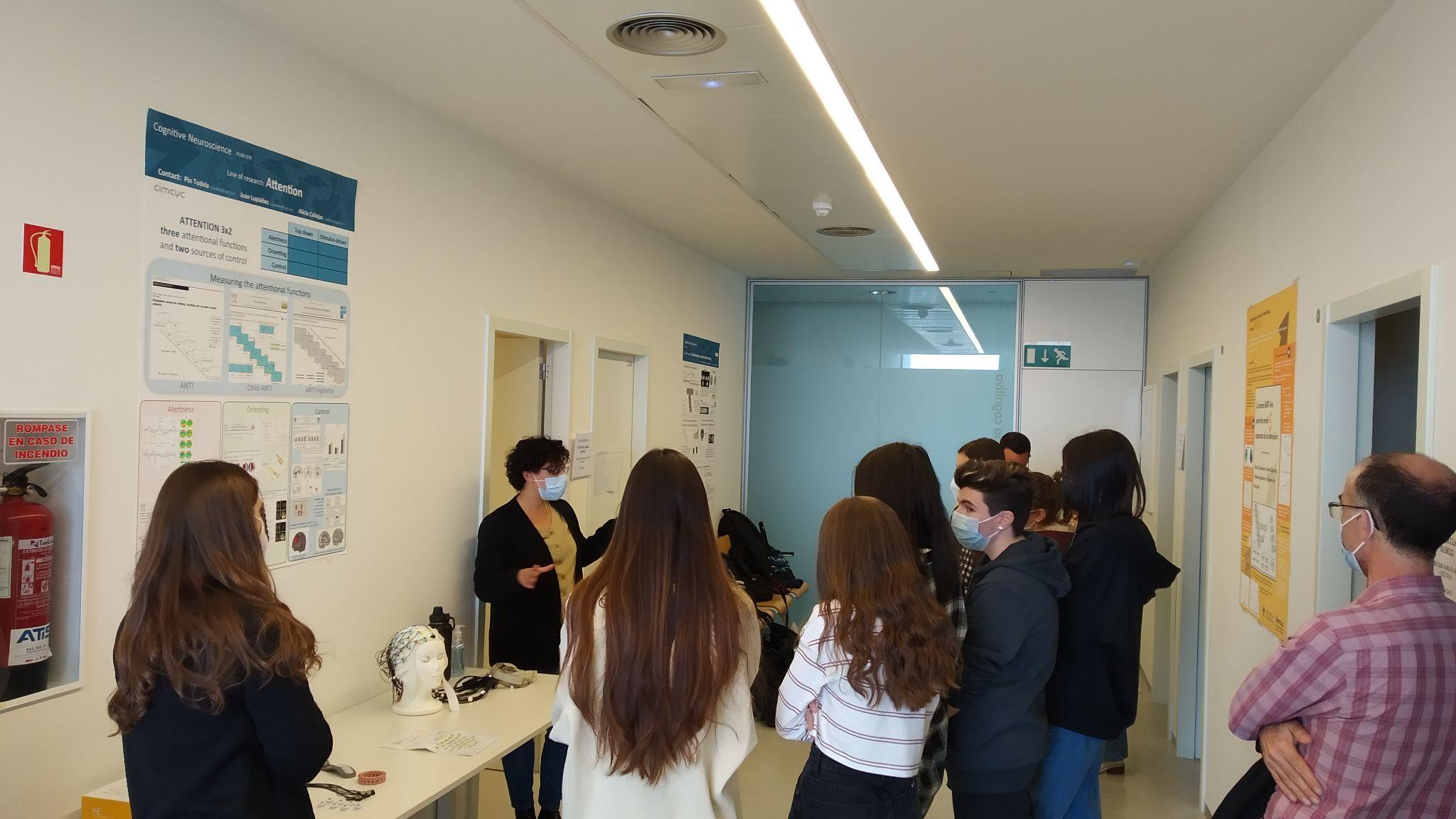
Title: Social Attention
Abstract: In this activity we will discuss how social stimuli, such as a gaze, direct our attention compared to non-social stimuli, such as arrows. In addition to explaining the evolutionary development of these mechanisms and the various experimental manipulations that help us understand the nature of these social effects, students will observe and participate in a computer task similar to those we use in the lab. These mechanisms are explained to them while encouraging them to formulate their own hypotheses and how to test their validity.
Place: Laboratory 02 of CIMCYC
Principal Investigators: Belén Aranda, Cristina Narganes, Andrea Marotta, Juan Lupiáñez
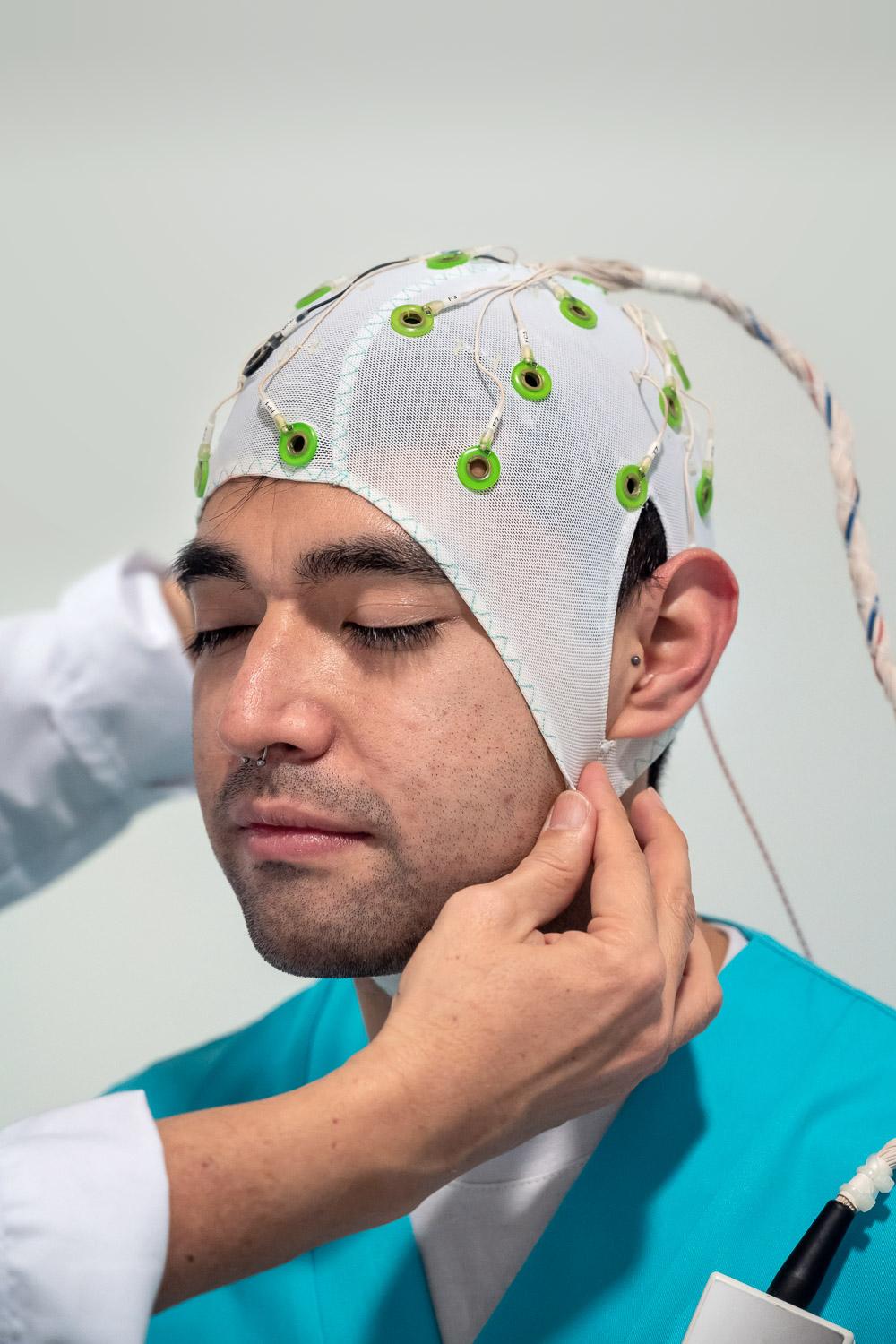
Title: From behavior to brain
Abstract: In this activity, we will show you how in Psychology research we not only study the responses that occur at the behavioral level in the computer tasks that are usually used in the laboratory, but we can also capture the processing that occurs in these tasks at the brain level using the recording of neural activity with electroencephalography. On the other hand, we explain how this neural activity can be modulated with brain stimulation techniques, in this case transcranial direct current stimulation (tDCS). In both cases, the type of equipment used, how it works, as well as the advantages and disadvantages of its use are taught.
Place: Laboratory 02 of CIMCYC
Principal Investigators: Klara Hemmerich, Greta Manini, Juan Lupiáñez
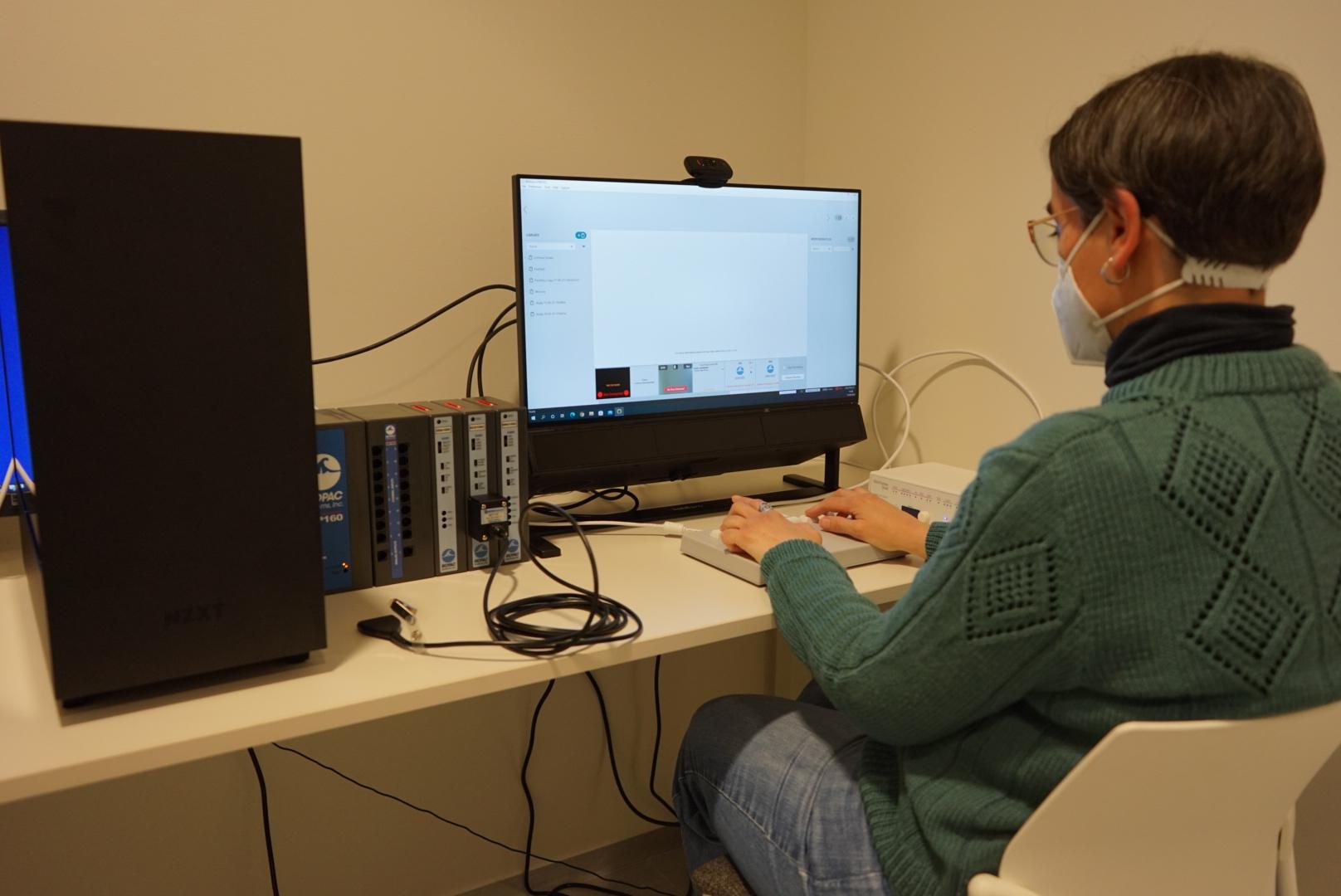
Title: Emotion and its measurements
Summary: In this activity, a brief introduction is given on what memory is, what components it has and which ones and how they can be measured. In the room of the iMotions biometric recording equipment, it is explained what some of these measures consist of, specifically the psychophysiological recording of skin conductance, and the coding of facial expressions in emotions -facial coding- and how they would be measured with this equipment. Finally, applied examples of these measures in forensic psychology, neuromarketing and neuropsychology are presented.
Venue: CIMCYC Laboratory 10.
Principal Investigators: Tao Coll, Conchi Castellanos

Title: Transcranial Magnetic Stimulation and Neuroimaging
Abstract: This activity will give an overview of the use of neuroimaging (fMRI) and transcranial magnetic stimulation (TMS) as tools that help to determine and explain functions and processes within Cognitive Psychology. In addition, a practical example of the effect of TMS is presented.
Place: Laboratory 22 of CIMCYC
Principal Investigators: Ana B. Chica and Elisa Martín-Arévalo
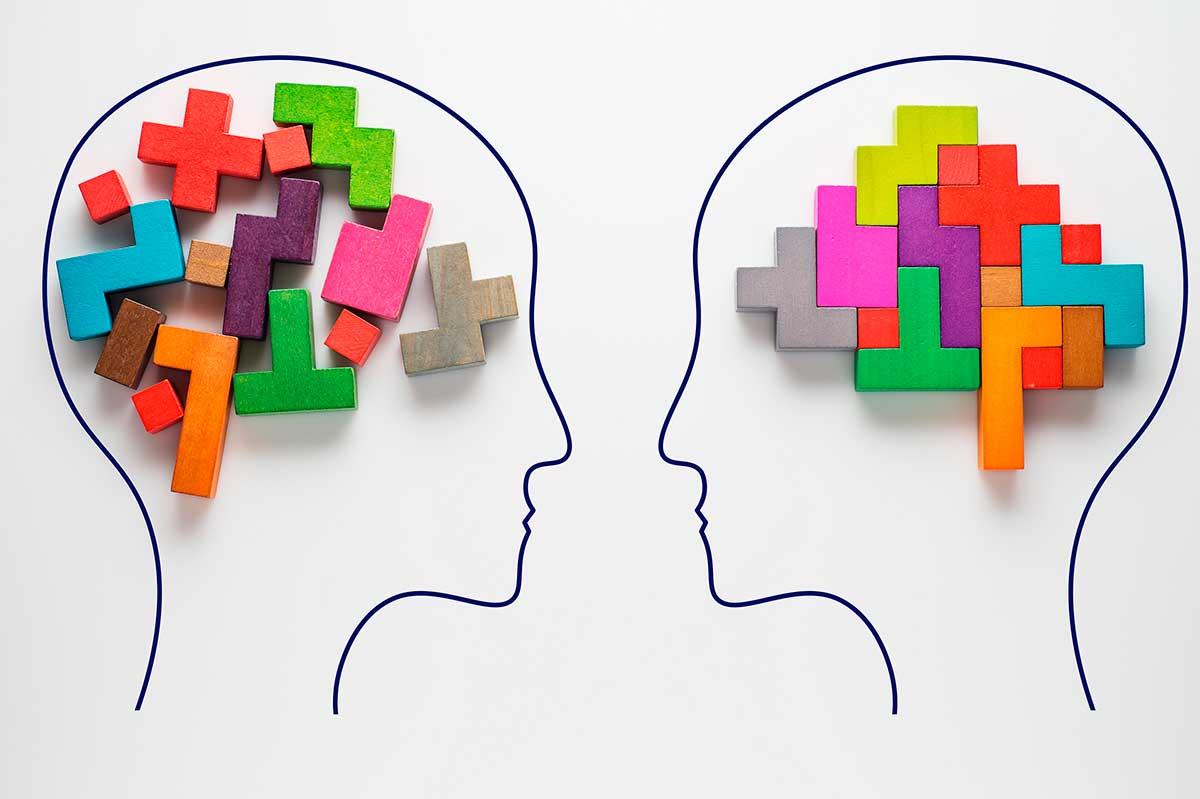
Title: How do stimuli or situations that, in principle, are neutral acquire emotional value?
Abstract: In this activity we will learn how we are able to distinguish stimuli or situations that are potentially dangerous from those that represent safety signals through direct experience. We will perform a classical aversive conditioning task while recording various psychophysiological measures pertaining to the peripheral nervous system (skin electrical conductance, motor startle reflex, heart rate and electromyographic activity of the corrugator muscle). In addition to explaining the brain mechanisms that support this type of learning and the importance it has for survival, other ways of acquiring conditioned responses such as learning by observation or learning through instructions will be discussed.
Venue: Laboratory 05.
Principal Investigator: Pedro Guerra.
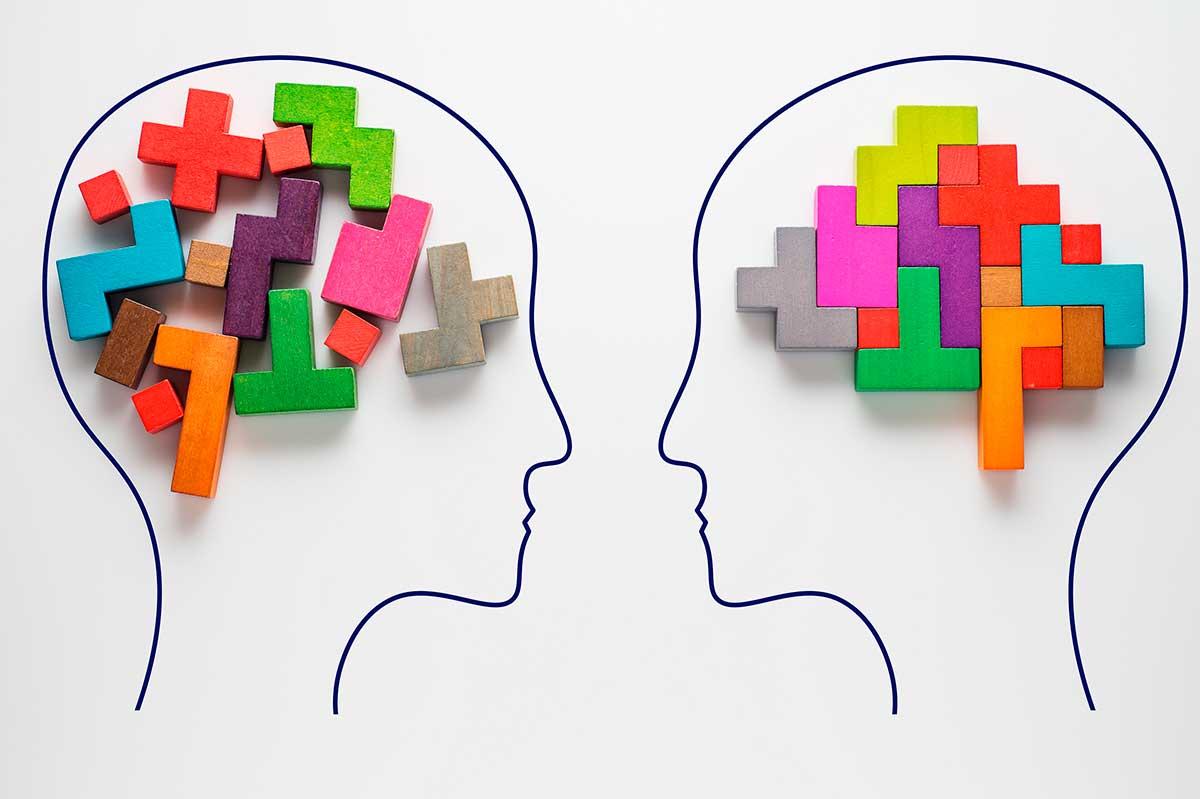
Title: How physiological responses inform us about psychological processes
Abstract: In this activity, we will learn how different signals belonging to the peripheral nervous system (skin electrical conductance, heart rate, electromyography of facial muscles...) inform us about basic psychological processes such as: attention, emotion, learning or memory. The basic elements of a human psychophysiology laboratory will be explained: the polygraph and the stimulus presentation systems. Finally, the main findings that have been obtained using this methodology in the study of these processes, as well as their limitations, will be briefly discussed.
Venue: Laboratory 05
Principal Investigator: Pedro Guerra.

Title: Sleep assessment: Can we analyze how we sleep?
Abstract: In this activity, we will learn how sleep is evaluated. First, the brain mechanisms that support sleep and its importance for a healthy daily life will be briefly explained. A polysomnography equipment (an instrument used for sleep assessment) will be shown and a brief explanation of what it consists of and what it is used for will be given. Subsequently, real examples of sleep records or hypnograms will be shown (where it will be possible to see, among other variables, the electrical activity of the skin, heart rate, respiration, electromyographic activity, electroencephalographic activity, etc.). Finally, the importance of each phase of sleep and how it can interfere in people's daily life will be discussed.
Venue: Laboratory 3 (Sleep and Health Promotion Lab.)
Principal Investigator: Raúl Quevedo Blasco

Title: What and how is research done in a human sexuality laboratory?
Abstract: In this activity, we will learn the importance of research in human sexuality to identify the key factors that make healthy sexuality possible. First, we will describe the different types of research in the study of sexual health indicators (sexual attitudes, sexual functioning, healthy sexual behaviors, etc.). The workshop will then focus on the assessment, in a laboratory setting, of sexual attitudes from an implicit vs. an explicit approach, as well as on the assessment of sexual response (psychophysiological data acquisition and processing equipment using plethysmography and photoplethysmography). Real examples of psychophysiological recordings of sexual response and peripheral measures such as heart rate, skin electrical conductance or temperature will also be shown. Finally, the applicability of the results obtained in a human sexuality laboratory to sexual health promotion and sex therapy programs will be discussed.
Place: Laboratory 17 (Human Sexuality Laboratory)
Principal Investigator: Juan Carlos Sierra Freire

Title: How do several languages coexist in the brain?
Summary: In this activity, we will learn what it means to be bilingual and its importance at the brain level. In the laboratory, we will see what tools are used to know the relationship between several languages in a single brain from neuroscience. During this activity we intend to show the rigor of the scientific method and the importance of applying it in the field of bilingualism. In addition, we will claim the importance of knowing minority languages. With this activity we intend to generate knowledge that allows us to dismantle the myths associated with bilingualism, as well as to promote interest in language learning.
Venue: Laboratory 12 of CIMCYC (Memory and Language Laboratory).
Coordinators: Alba Casado, Cristina López-Rojas, Marta Reyes, and Marta Rivera.

Title: Constructing our memories
Abstract: Throughout our lives we integrate the experiences we live (words, images, sounds, sensations, etc.) with what we know about the world and with our past experiences to build memories. From these memories, our various memories are generated, which are very effective, but also complex. Thus, sometimes the process of memory construction can go awry and lead to the emergence of false memories. This activity will allow attendees to understand the construction of memories from an interactive and first-person perspective. In addition, it will make it possible to learn about the mechanisms at the basis of human memory, such as the processes of consolidation and retrieval, through an approach to experimental research in the field of cognitive neuroscience.
Venue: Laboratory 12 of the CIMCYC (Memory and Language Laboratory).
Coordinators: Cristina López-Rojas, Mª Jesús Maraver and Nuria Aguerre.

Title: What would happen if you suffered weekly blows to the head for more than ten years? Gender violence.
Can you imagine suffering weekly blows to the head for more than ten years? And that the one who exercises this violence is your partner? Do you know that brain trauma in women survivors of gender violence has a higher prevalence than in military and athletes combined?
Specifically, 80 percent of women who survive intimate partner abuse have suffered at least one head injury, many of them "too many to count." In addition, 97 percent experienced strangulation attempts. These blows, together with fear, insults and stress maintained over time, can generate important cognitive, emotional and cerebral consequences in the victims. These consequences can make it difficult for them to decide whether to leave their partner or to recover their normal daily life. In this session, we will talk about the research that neuropsychology is doing with women survivors of gender violence.
Venue: CIMCYC conference room.
Coordinators: Natalia Hidalgo Ruzzante, Juan Verdejo Román and Miguel Pérez García.

